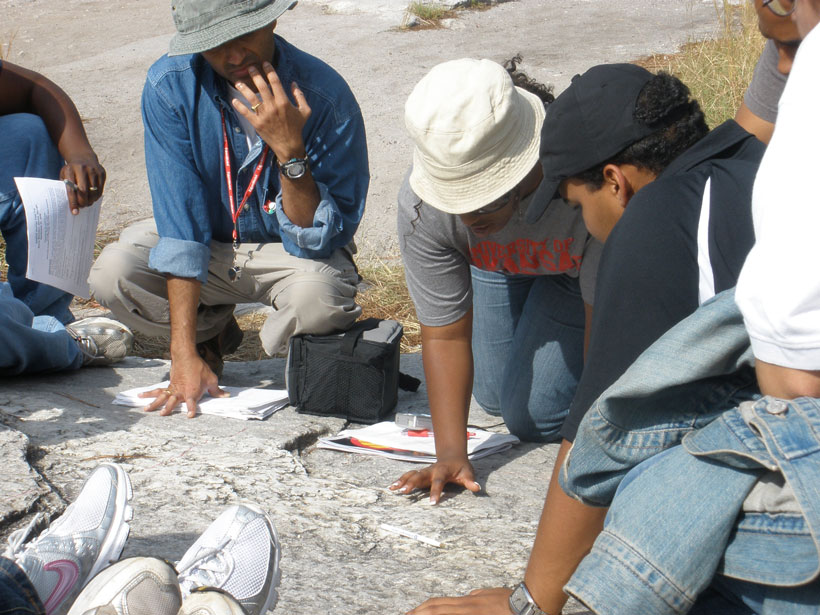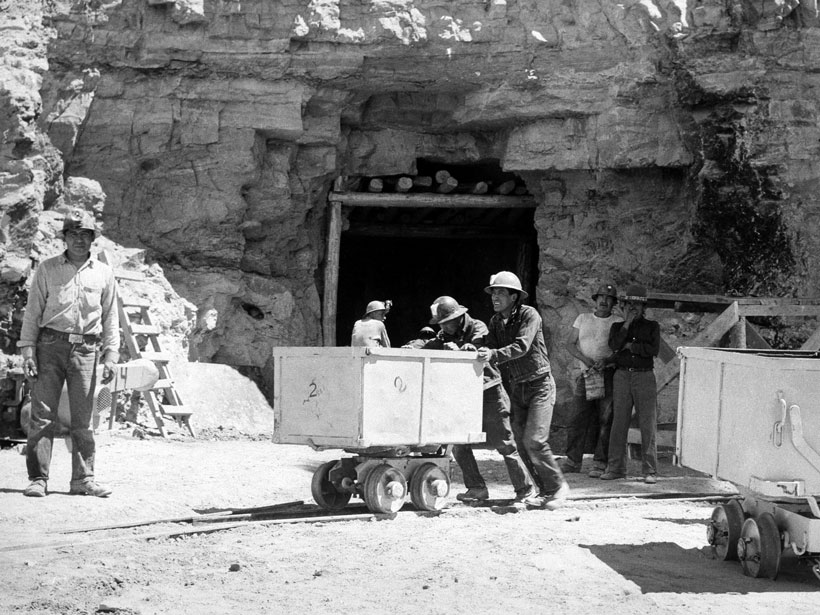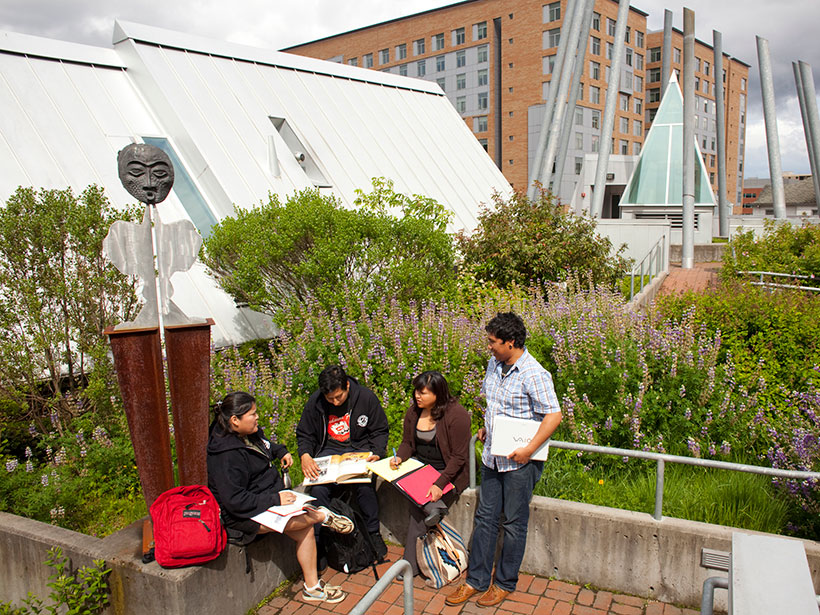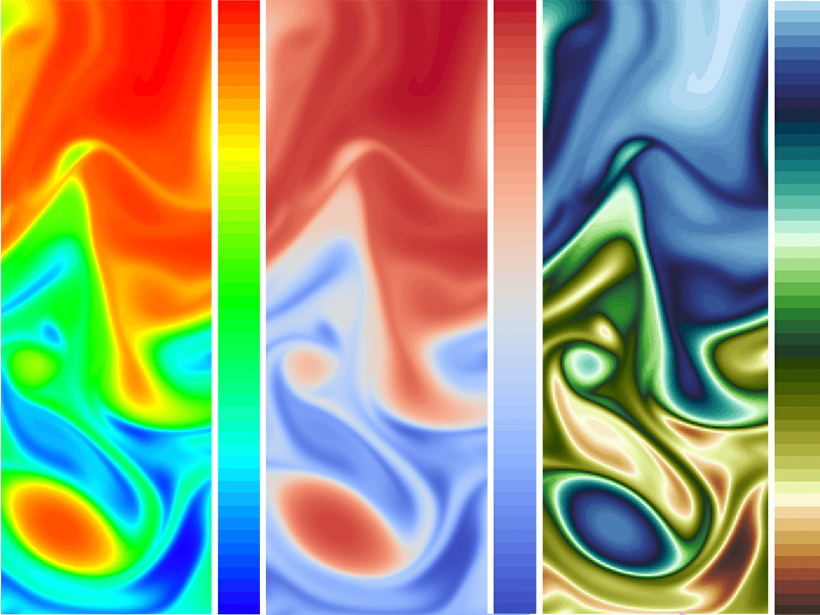En un innovador ensayo clínico se estudia el impacto del zinc en la mitigación de los efectos sobre la salud relacionados con la minería de uranio. Éste se lleva a cabo mediante la “participación bidireccional” entre los Navajos y las comunidades médicas.
science communication
Caption This! Best Practices for Live Captioning Presentations
We demonstrate the effectiveness of straightforward strategies using widely available auto-captioning tools to greatly improve accessibility of jargon-rich content.
Communicating Science in Times of Pandemic
How can scientists use YouTube livestreams to help the public better understand scientific concepts?
Engaging Communities in Geoscience with STEM Learning Ecosystems
Geo-STEM learning ecosystems can empower community-based solutions and broaden participation in the geosciences by connecting diverse participants who contribute unique skill sets and ways of knowing.
Thinking Zinc: Mitigating Uranium Exposure on Navajo Land
An innovative clinical trial uses “two-way participation” between Navajo and medical communities to study the impact of zinc on mitigating health effects associated with uranium mining.
A New Vision of Sustainability in Earth Science Education
Following the culmination of an ambitious Earth science education initiative, scientists and educators met to prioritize ways in which education about Earth can foster sustainable societies.
Do You Know Your Home’s Flood Risk?
Search for your address in this new database and get an easy to understand indicator of the potential for flooding now and over the next several decades as climate change alters our environment.
Adolphe Nicolas (1936–2020)
This decorated researcher and educator made major contributions to understanding mantle processes and the creation of oceanic crust at spreading ridges, together with public outreach on climate change.
Visualizing Science: How Color Determines What We See
Color plays a major role in the analysis and communication of scientific information. New tools are helping to improve how color can be applied more accurately and effectively to data.
How Earth Day Lost Its Way
The history of Earth Day has grown from its radical roots to a canopy for classroom activities.









